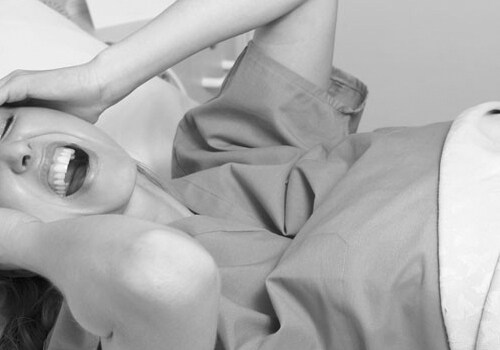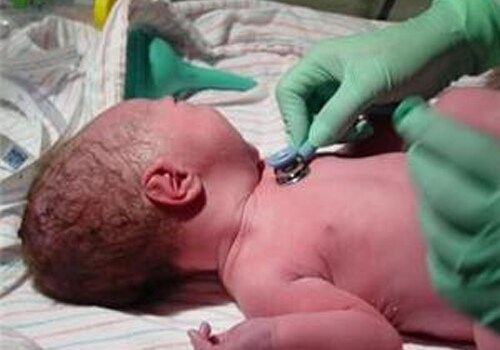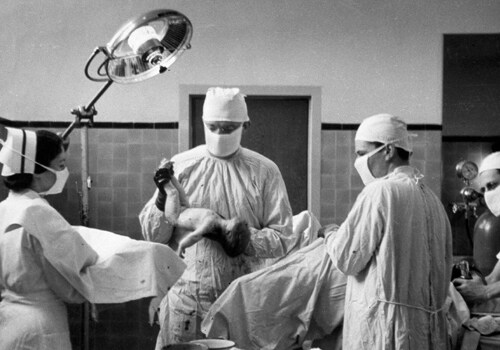-

First stage:
The first stage starts with effacement, which is the thinning of the cervix, the birth canal at the juncture of the uterus and vagina. The baby’s head drops lower into the abdomen and this can be felt by the mother. The dropping of the baby’s head may be felt by an urge to push and increased pressure on the mother’s bowel. The feeling is almost similar to that before passing motion. The cervix starts to dilate in preparation for the baby’s birth. The mother is discouraged from pushing since a minimum dilation of at least 10 cm is required for the baby to be able to move down into the birth canal.
The stage is usually characterised by contractions which become regular with time. The mother is still able to walk around. In fact, walking around at this time helps to ease the pain in women. The stage ends with the ‘breaking of the water’ which is actually the rupture of the amniotic sac. The baby is ready to be born when this happens. The first stage may last for as long as 12-14 hours in the first pregnancy. -

Second stage:
A woman in the second stage experiences more intense contractions occurring at shorter intervals. Subsequent contractions may occur at intervals of 3-4 minutes and each may last for about 40-60 seconds. The mother feels increased discomfort and leg pain and if her water has not broken yet, it may have to be ruptured manually by the doctor.
When the baby’s head is appropriately low down into the birth canal, the mother starts to push. The urge to push comes naturally due to the presence of the baby very low in the uterus. The appearance of the baby’s head in the vagina is called ‘crowning’. In most cases, babies are born head first. The shoulders then slide out one by one and the legs come out last.
Though most deliveries, even now, take place in the supine position (woman on her back), more and more women are opting for the squatting position, which makes delivery easier due to the additional help of the gravitational pull.
-

Third stage:
Once the baby is born, the umbilical cord is clamped and cut. The third stage is the expulsion of the placenta and the after birth. After the baby is born, the placenta is expelled along with other remnants of birth. In some case they may have to be pushed out actively by the mother. In most cases, the after birth comes out on its own. The uterus is contracting to expel the placenta and other remnants. Oxytocin injection may be given to the mother to hasten the contraction of the uterus and expel the placenta faster.
After the placenta is delivered, there is menstruation like bleeding from the vagina. The doctor may want to stitch up any lacerations or tears that may have occurred during delivery. This stage lasts from a few minutes to about half an hour. -

What are the different stages of labor?
After the gruelling months of pregnancy, child birth is almost a fitting end to the saga. Labour is induced when the baby is ready to be born. Actual labour may be preceded by a series of false contractions that may feel like labour. Although text books usually describe labour as occurring in three distinct stages, each woman may experience it in a way different from others.
- Beginning of labour – characterised by dilation of the cervix to allow the passage of the baby.
- Labour – characterised by the actual pushing motion and the birth of the baby.
- Afterbirth – delivery of the placenta and the after birth.

















